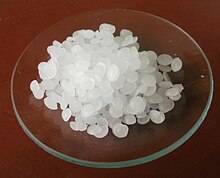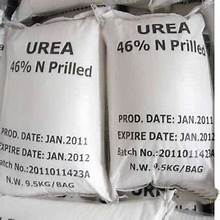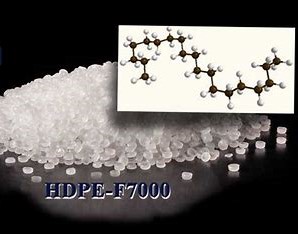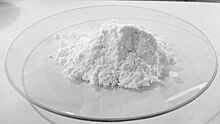Paraffin wax
Paraffin wax (or petroleum wax) is a soft colorless solid derived from petroleum, coal, or oil shale that consists of a mixture of hydrocarbon molecules containing between 20 and 40 carbon atoms. It is solid at room temperature and begins to melt above approximately 37 °C (99 °F), and its boiling point is above 370 °C (698 °F). Common applications for paraffin wax include lubrication, electrical insulation, and candles; dyed paraffin wax can be made into crayons.
Un-dyed, unscented paraffin candles are odorless and bluish-white. Paraffin wax was first created by Carl Reichenbach in Germany in 1830 and marked a major advancement in candlemaking technology, as it burned more cleanly and reliably than tallow candles and was cheaper to produce.
Enquiry Form
Product Info
 |
|
| Identifiers | |
|---|---|
| E number | E905 (glazing agents, …) |
| UNII | |
|
CompTox Dashboard (EPA)
|
|
| Properties | |
| CnH2n+2 | |
| Appearance | White solid[1] |
| Odor | Odorless |
| Boiling point | > 370 °C (698 °F) |
| ~1 mg/L | |
| Hazards | |
| Flash point | 200–240 °C (392–464 °F; 473–513 K] |






Reviews